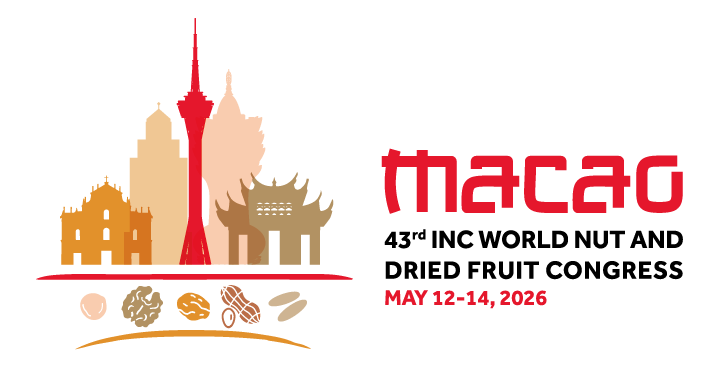Macao Awaits You
EXPLORE MACAO
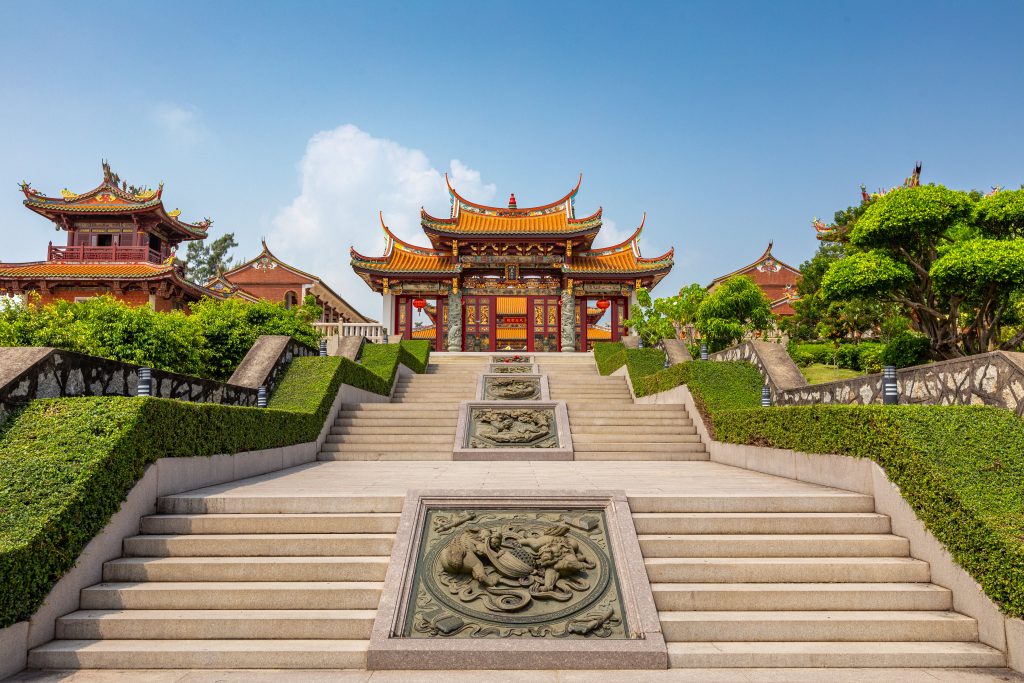
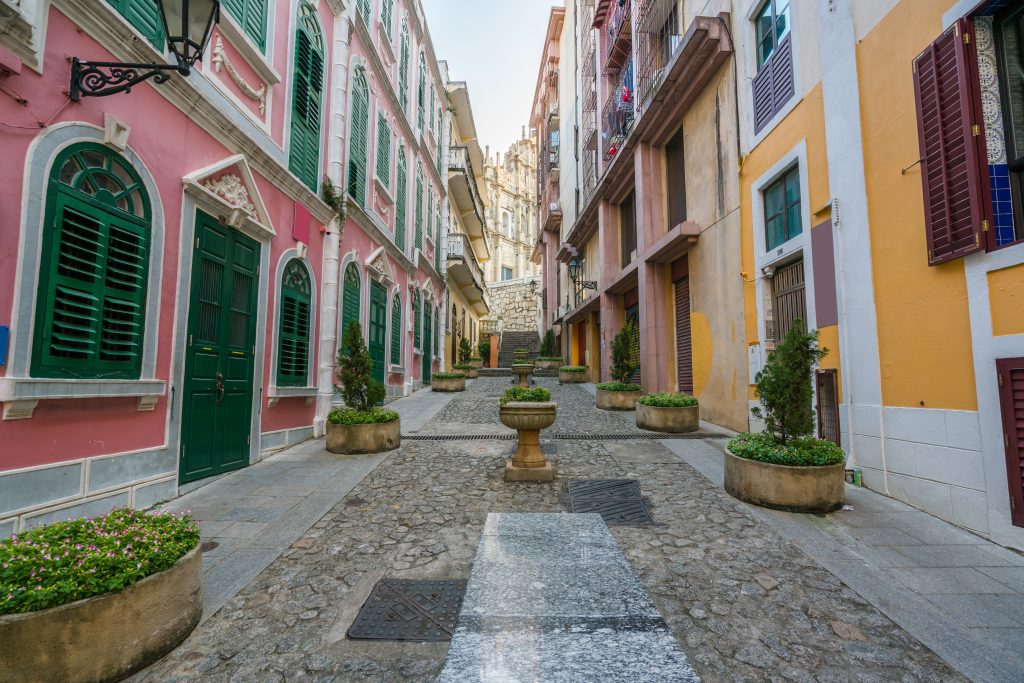

Maximize Your Visit: Experience the Heritage and Harmony of Macao
Macao used to be a small fishing village on the south-eastern coast of China. The fate of the city was forever changed when Portuguese merchants and missionaries arrived in the mid-16th century. The culture and architecture of Macao reflect centuries of cultural exchange between the East and West.
Macao consists of the Macao Peninsula and the islands of Taipa and Coloane. Three bridges connect the peninsula and Taipa, while reclamation brings the two islands together.
UNESCO WORLD HERITAGE
The Macao Peninsula houses 22 buildings and eight adjoining public squares that were declared a UNESCO World Heritage site on July 15, 2005. Together, they are known as the Historic Centre of Macao and are the oldest Western style buildings in China.
Among these historical gems it is possible to find the A-Ma Temple, the oldest existing temple in Macao, a well-ordered complex which sits in perfect harmony with its surrounding nature. The ruins of St. Paul’s are also located in the Historic Centre. Built at the beginning of the 17th century, the church was destroyed by a fire in 1835, and only its façade, foundation, and outside steps could be saved. The baroque-style façade also features Chinese characters and oriental chrysanthemum motifs.
DISCOVER MACAO
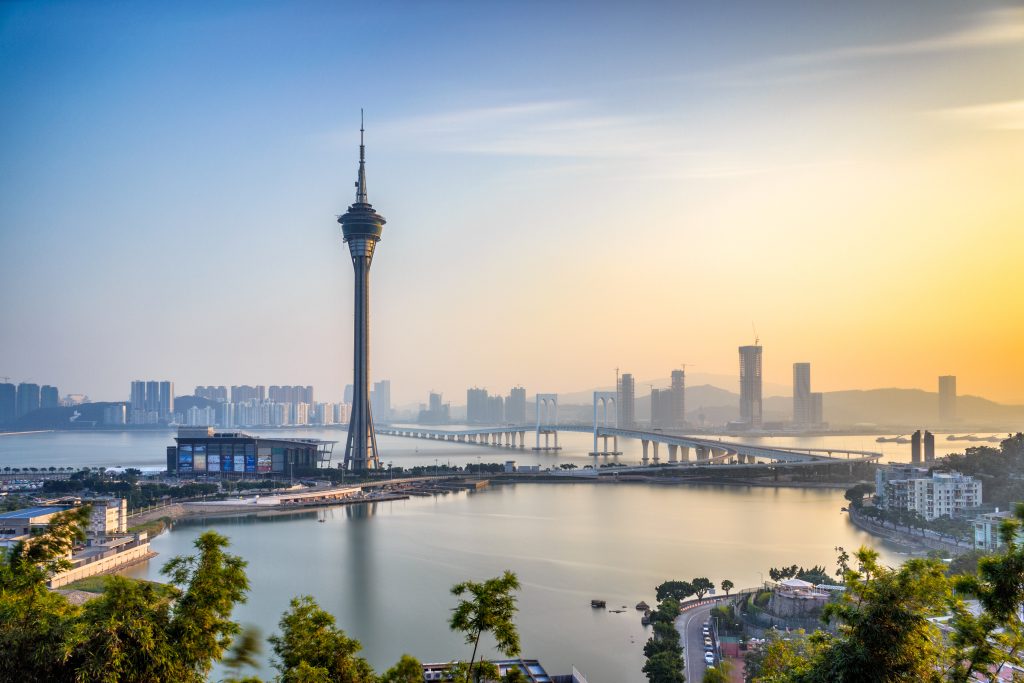

Celebrate the Spirit of Macao: Festivals that Unite Cultures and Traditions
Macao is a lively city where Chinese festivals coexist with Catholic traditions in its multicultural society.
What’s happening in May?
- Macao Arts Festival (April 25 – May 31)
Local and overseas artists are invited to perform in this annual extravaganza. It is a wide variety of shows highlighting dance, live music, and other forms of performing arts. There are also a number of seminars and workshops for people looking to obtain a deeper understanding of performance art.
- Drunken Dragon Festival (May 5)
The Drunken Dragon Festival is celebrated by the fishmongers of Macao. They would gather in the market and sit around the table to dine. The tradition has evolved into the “longevity rice” feast. During the festival, fishmongers wave the wooden dragon on the incense burner table to pray for peace and fortune in the trade. Now, it has become a tradition for Kuan Tai temple to host a joyous ceremony on the day of the festival, where lion and dragon dances are performed and longevity rice is given away.
- Procession of Our Lady of Fátima (May 13)
The procession takes place each year on May 13, with the participation of the Bishop of the Diocese of Macao, clergy members and a number of local and foreign faithful. They walk from the St. Dominic’s Church to the Penha Chapel, reciting the Rosary and singing hymns along the way. It also features three children in traditional Portuguese costumes, symbolizing the shepherds who witnessed the apparitions of the Virgin Mary. The procession celebrates the Apparition in Fátima, Portugal, and has become a tradition in Macao since 1929.
DINING IN MACAO
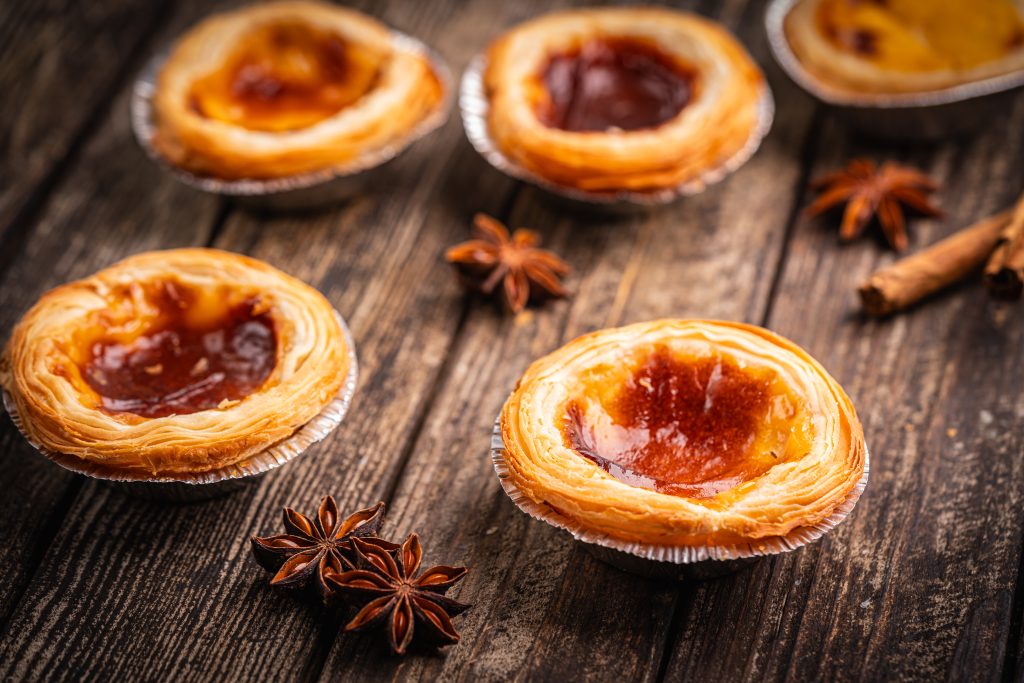
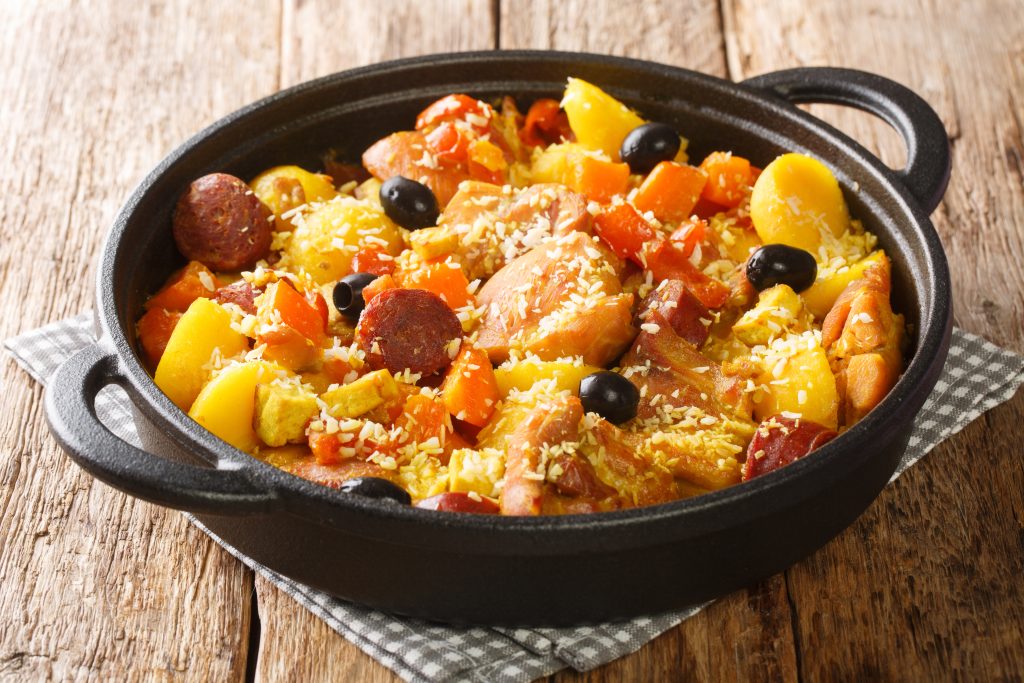
Savor the Fusion Flavors and Culinary Spirit of Macao
It’s impossible to categorize Macao into one type of food since the region is quite literally a melting pot of cultures and cuisines. From humble street snacks and traditional family restaurants tucked away in nooks and crannies, to world-class restaurants, artisanal cafés and avant-garde dining.
When the Portuguese travelled to Asia, they brought with them their own national dishes and cooking styles but also discovered many of Asia’s unique ingredients and spices along the way. After settling in Macao, many become influenced by the local food and flavours and married them with their own hometown staples to create a new cuisine that has now become distinct to the region.
See the Galaxy Resort restaurant list here. For additional dining recommendations, click here. For Michelin Guide restaurants in Macao, see here.

